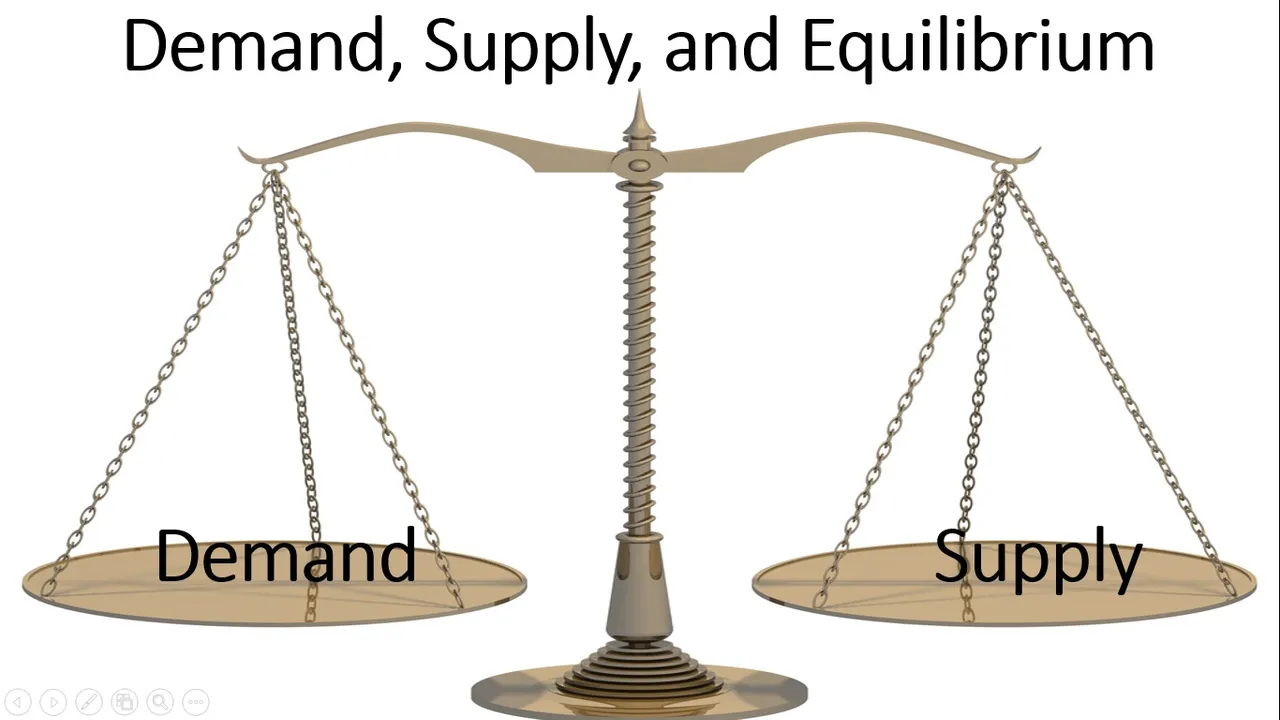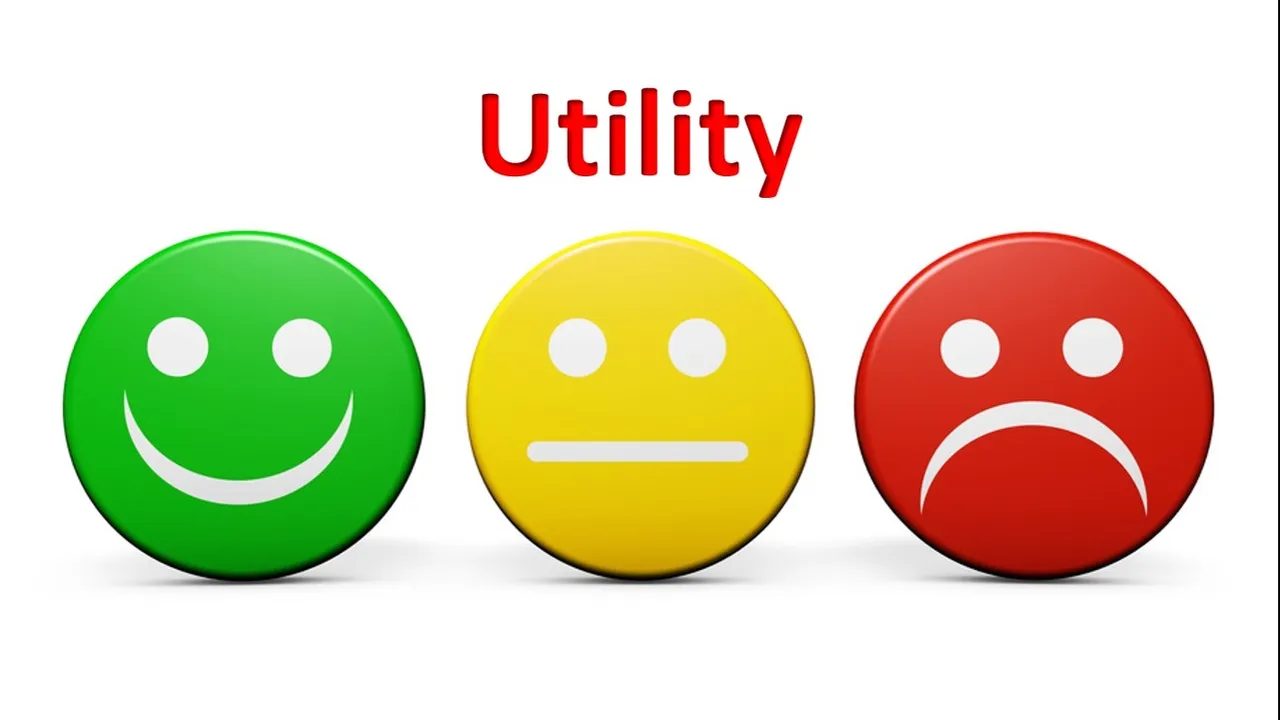Warning: This post is reasonably technical. To fully understand this post the readers should have some knowledge of demand and supply, substitutes and complements and elasticity of demand. Links to my other posts relating to demand and supply, and substitutes and complements are provided at the end of this post. I do not have a post regrading elasticity of demand at this point in time.

Today I am going to explore what economists call ‘Giffen Goods’. To understand giffen goods, I will first briefly explain what is meant by normal goods and inferior goods.
What is a normal good?
The demand for normal goods is represented by a downward sloping demand curve. The downward sloping demand curve shows an inverse relationship between price and quantity demanded. Demand is lower when prices are higher. Demand is higher when prices are lower. Demand for a normal good has a positive relationship to income. If income increases, demand for a normal good will also increase. See the demand curve of a typical normal good in the diagram below.
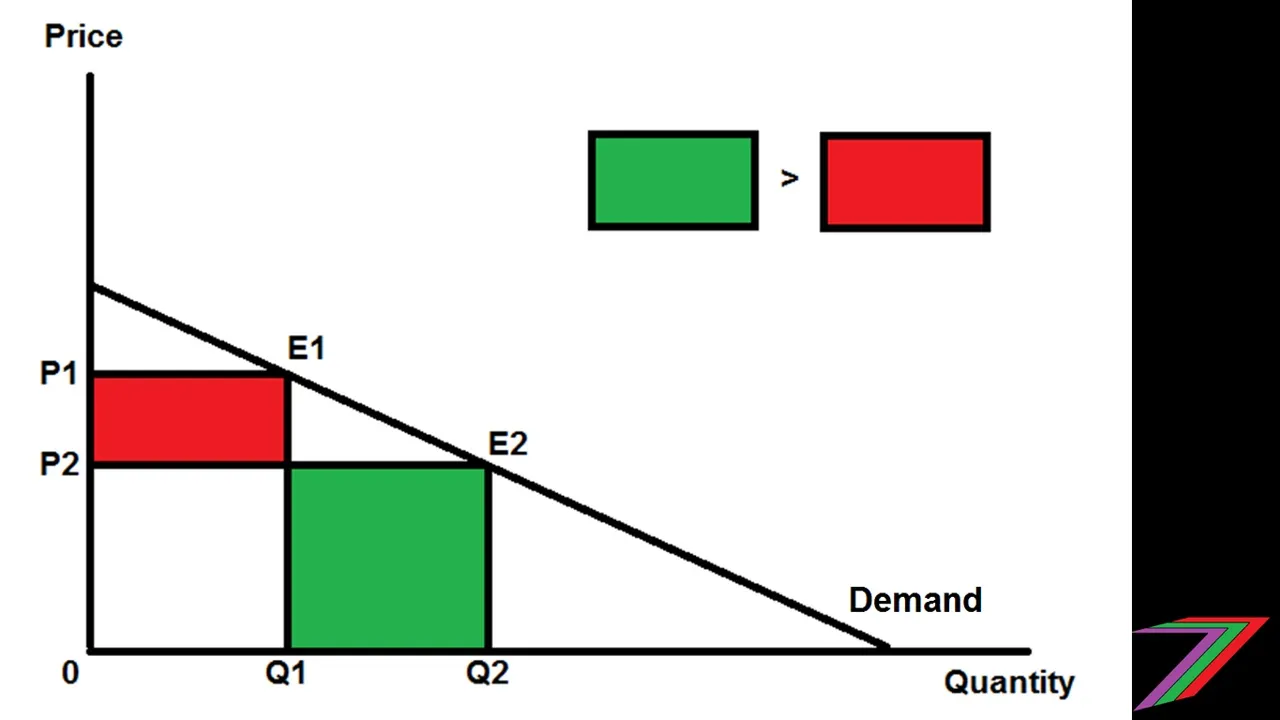
The elasticity of demand for normal goods is greater than one. This indicates that normal goods have elastic demand. This tells us that normal goods are sensitive to price changes. Another way of determining a normal good (elastic demand), is the change in revenue when price changes. Price and revenue have an inverse relationship. If price falls revenue increases and vice versa.
Most goods fall into the category of normal goods for most people. It is quite subjective on a person to person basis, a normal good for one person might be an inferior good to another person.
What is an inferior good?
A Giffen Good is a type of inferior good. What is an inferior good? Price changes cause what economist refer to as changes in real income. If prices increases, real income falls. If prices decrease, real income increases. Unlike normal goods, inferior goods have an inverse relationship to income. If income increases, demand for an inferior good will decrease. See the demand curve of a typical inferior good in the diagram below.
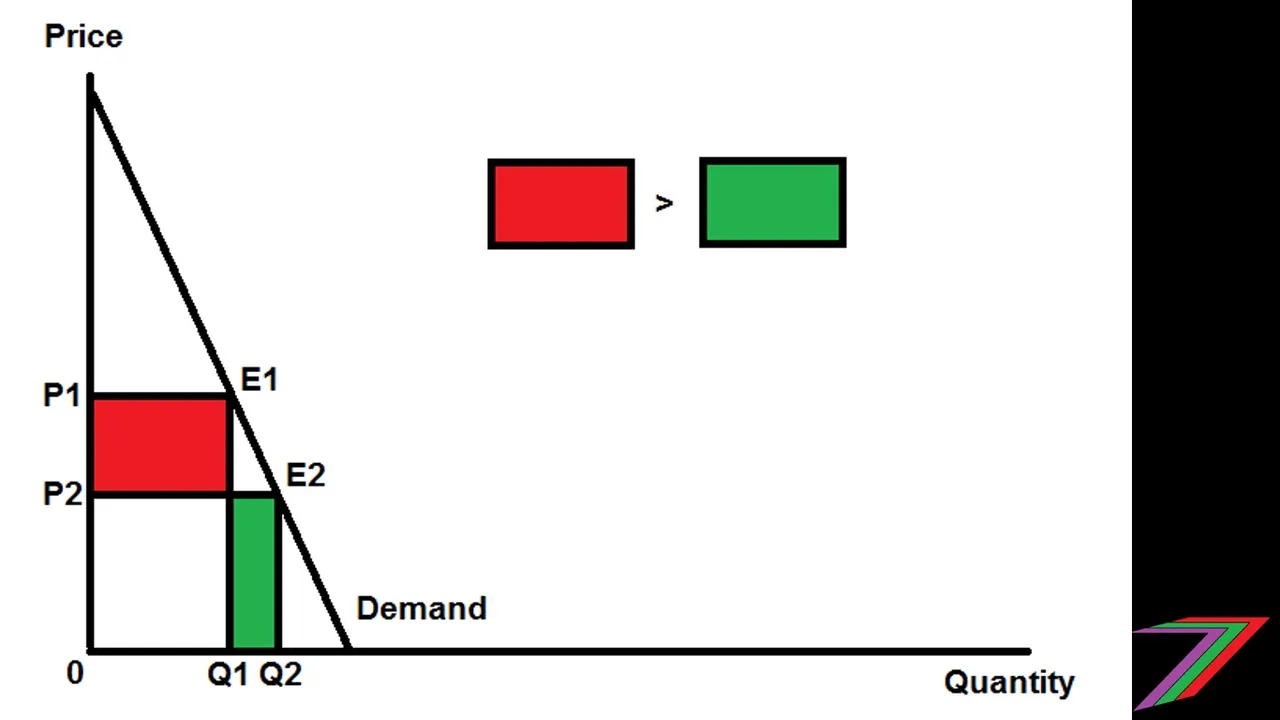
The elasticity of demand for inferior goods is less than one. This indicates that inferior goods have inelastic demand. This tells us that inferior goods are not sensitive to price changes. Another way of determining an inferior good (inelastic demand), is the change in revenue when price changes. Price and revenue have a direct relationship. If price falls revenue falls and vice versa.
Possible examples of inferior goods are second-hand clothes, fast-food, and 22 inch televisions. As income increases, more goods are likely to become perceived as inferior.
What is a Giffen Good?
The demand curve of an inferior good is downward sloping with the exception of giffen goods. As an inferior good, a giffen good has an inverse relationship to income. The inverse relationship to income for a giffen good is particularly strong. This inverse relationship is so strong that the demand curve for a giffen good is upward sloping. If the price of a giffen good falls, quantity demanded will also fall. People will choose to use the savings from the lower price of the giffen good to buy alternative goods and services. See the demand curve of a typical giffen good in the diagram below.
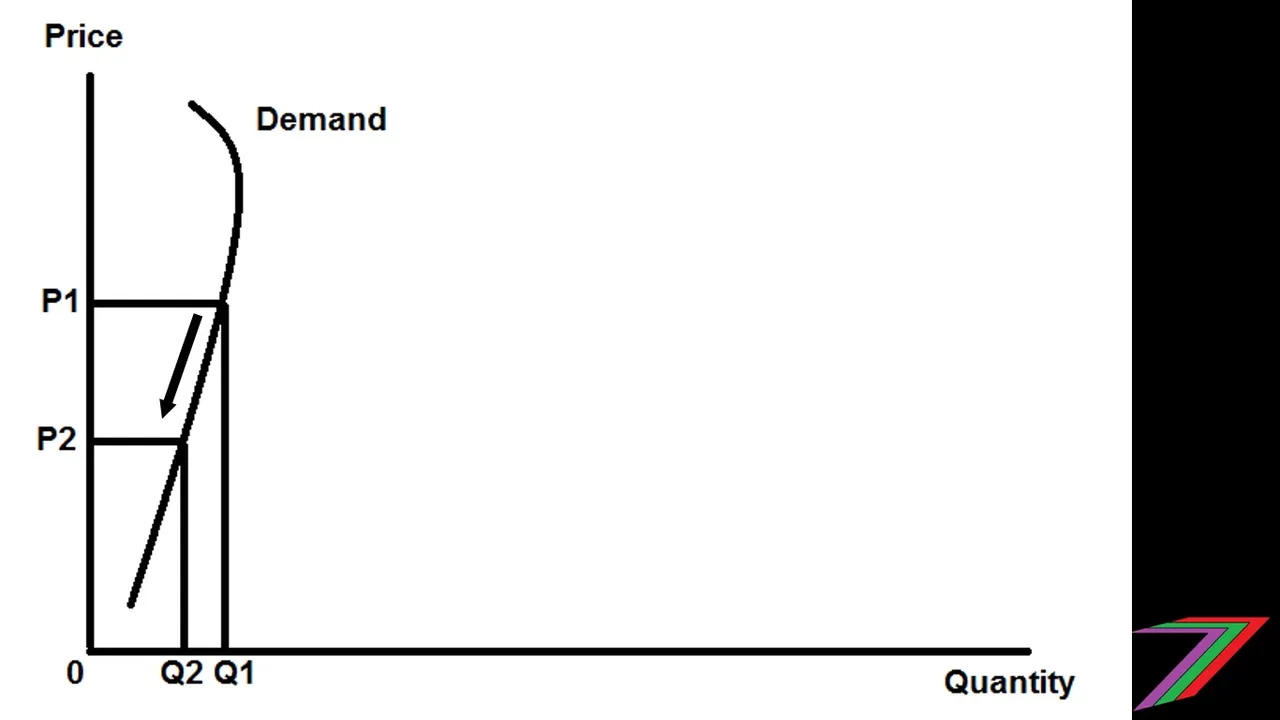
Imagine that a person (Fred) needs 100g of food per meal. Fred only has a budget of $1 for a meal. Fred loves the taste of mushrooms and dislikes the taste of rice. What if 100g of rice is priced at $1 and 100g of mushrooms is priced at $2. Fred can only afford 100g of rice and no mushrooms. Buying mushrooms would result in Fred going painfully hungry.
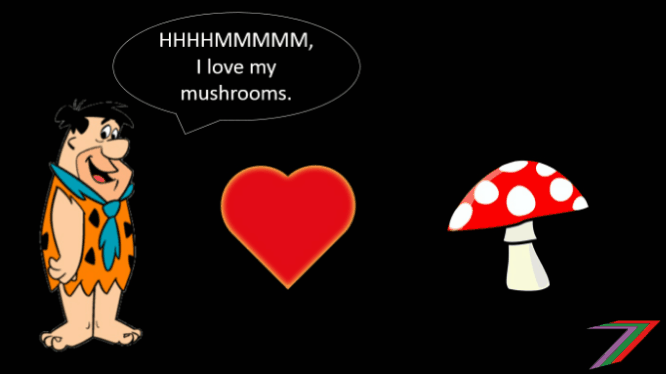
If the price of rice falls to $0.5. Fred can now afford both rice and mushrooms and is able to reach his required 100g of food. Fred would buy 66.7g of rice at $0.5 and 33.3g of mushrooms at $2. See table below for calculations.
| Food | Weight (g) | Price ($) per 100g | Total ($) |
|---|---|---|---|
| Rice | 66.70 | 0.50 | 0.33 |
| Mushrooms | 33.30 | 2.00 | 0.67 |
| 1.00 |
Even though the price of rice has fallen, Fred buys less rice so that he can obtain the mushrooms that he loves so much. For Fred rice is a giffen good.
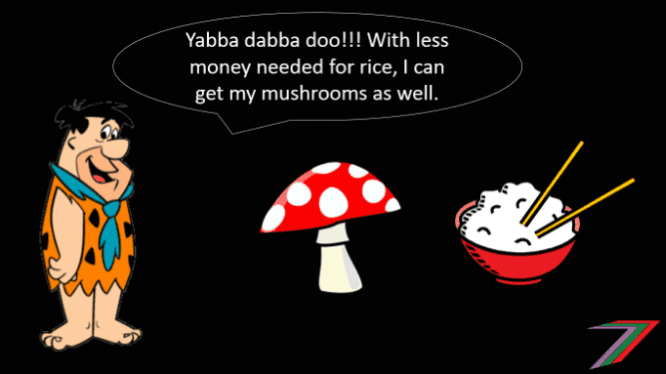
Substitution and income effects
When the price of any good or service falls there is both an income effect and a substitution effect. These two effects are known as a price effect. The income effect, is the effect that real income has on quantity demanded for a good or service. The substitution effect, is the effect that the relative change in prices has on quantity demanded in the absence of any changes in real income. The substitution effect occurs when people switch from higher priced goods to lower priced goods in order to obtain the same level of utility.
A normal good has a positive income effect and a positive substitution effect. An inferior good has a negative income effect and a positive substitution effect. A giffen good has a negative income effect and a positive substitution effect. The negative income effect is greater than the positive substitution effect. Therefore, quantity demanded falls when price falls. Substitution and income effects are typically explained using indifference curves.
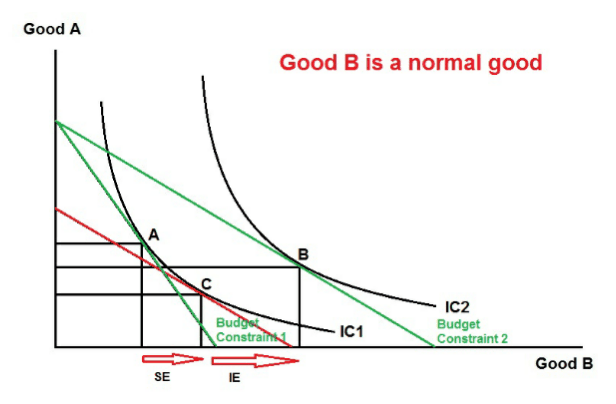
Indifference curves are explained in my ‘Economics Concepts – Indifference Curves’ post.
Implications of giffen goods
The giffen good concept is an interesting one and a concept that many people face at some point in their life without really thinking about it. The example of Fred with his mushrooms and rice do not apply to many people. It is a very simple example used to just demonstrate the giffen good concept. Often in the real world, the giffen good concept can be applied to many goods that do not strike us as giffen goods. For example cars. If the price of small cars fall, a family may decide to buy just one small car and use the money saved to buy a medium car instead of a second small car. For example flooring, the initial plan may have been to carpet the entire house. A fall in the price of carpet may prompt someone to only carpet the bedrooms and use the money saved to put stone tiles in the lounge. In the above examples, for those making the purchasing decisions, cars and carpet have become giffen goods as the fall in price has resulted in an increase in real income,. This has prompted the purchase of other goods that yield a higher level of satisfaction.
Other related posts
For more information regarding demand, supply and equilibrium, you can read my Steemit blog using the following link:
You can also watch my demand and supply video on Dtube using the following link:
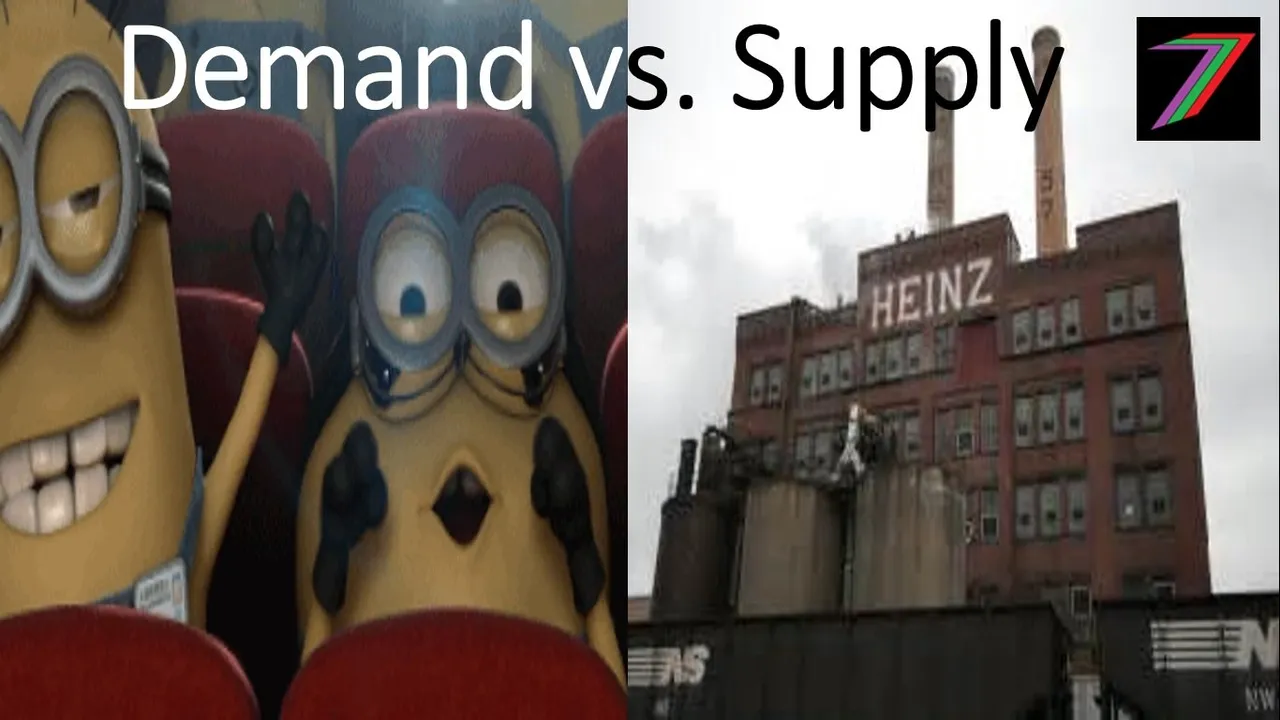
For more information on substitutes and complements, you can read my Steemit blog using the following link:
You can also watch my substitutes and complements video on Dtube using the following link:
For more information on utility, you can read my Steemit blog using the following link:
For more information on indifference curves, you can read my Steemit blog using the following link:











